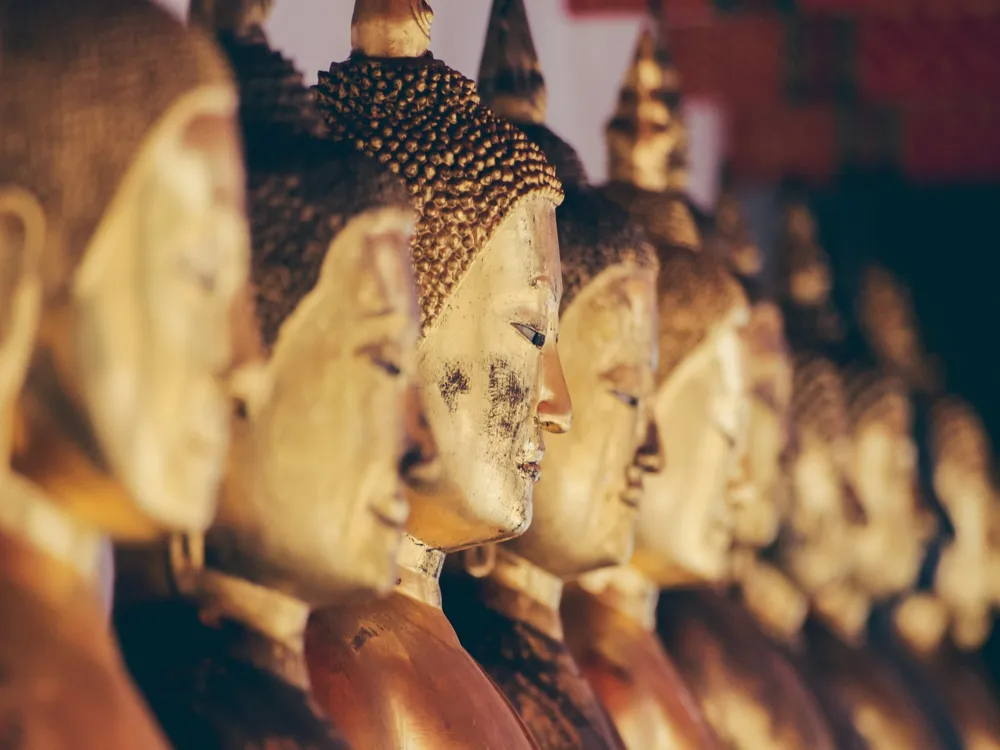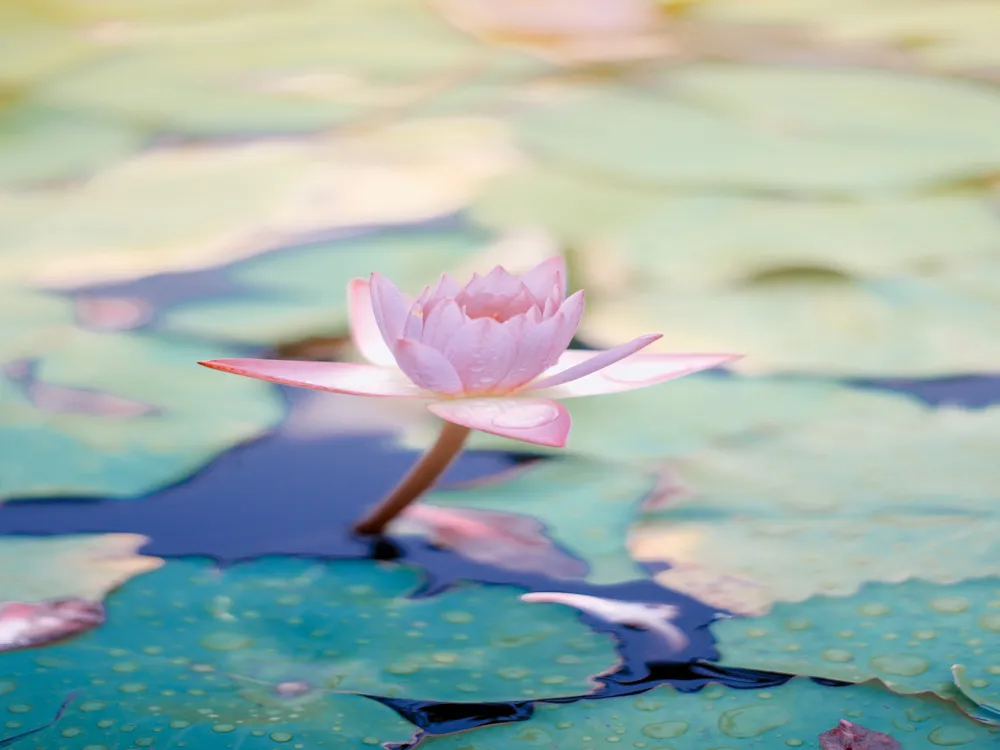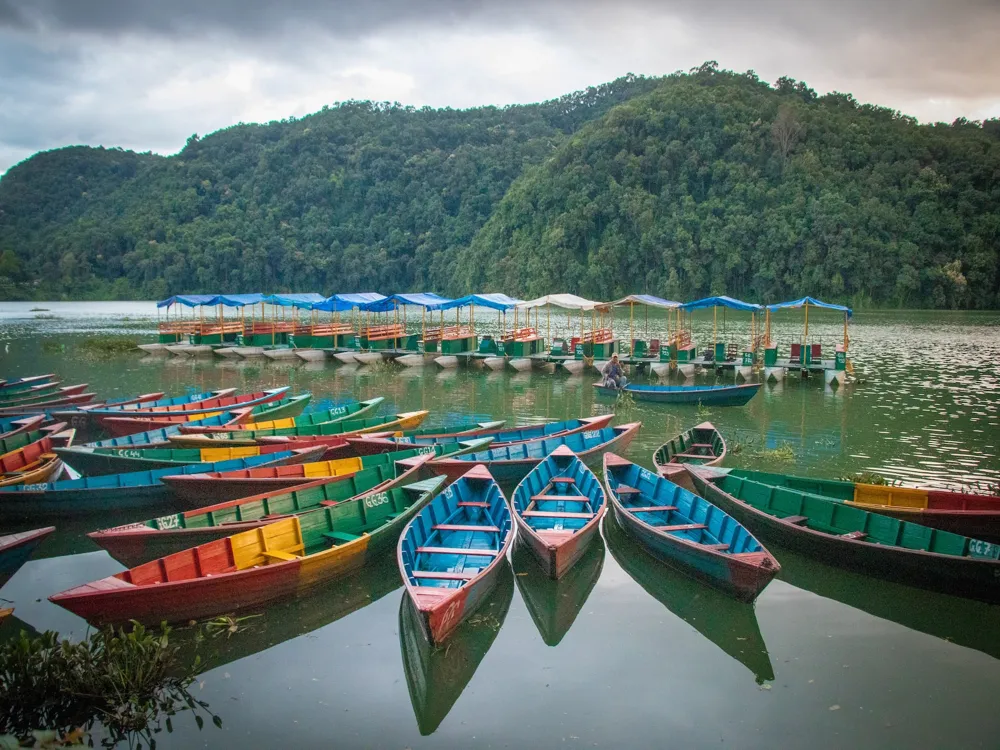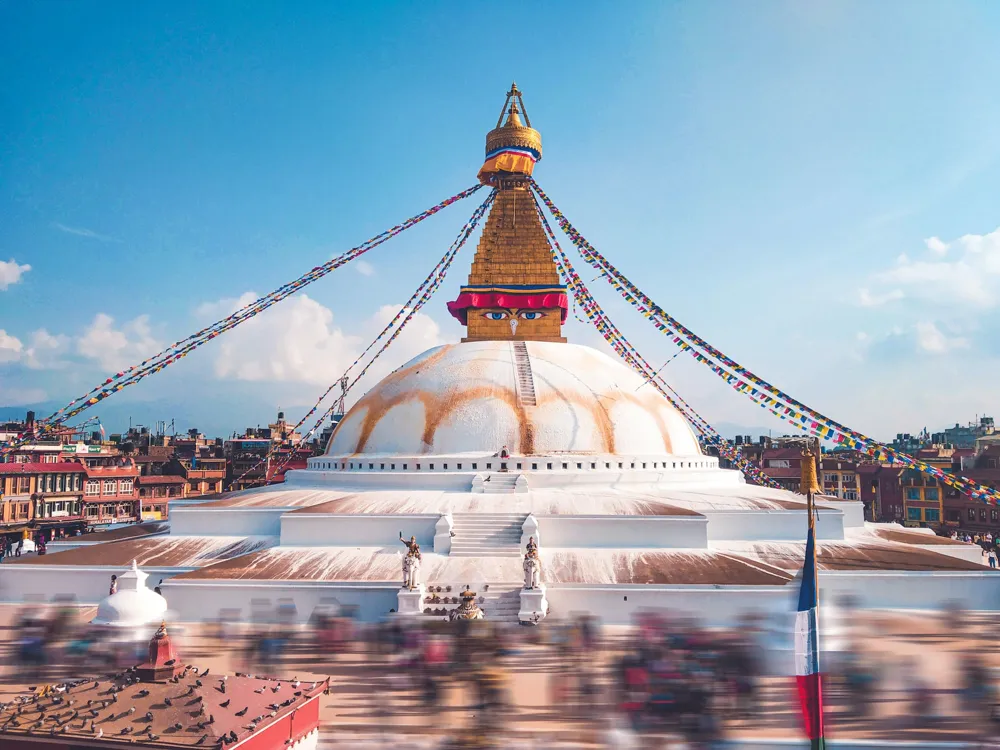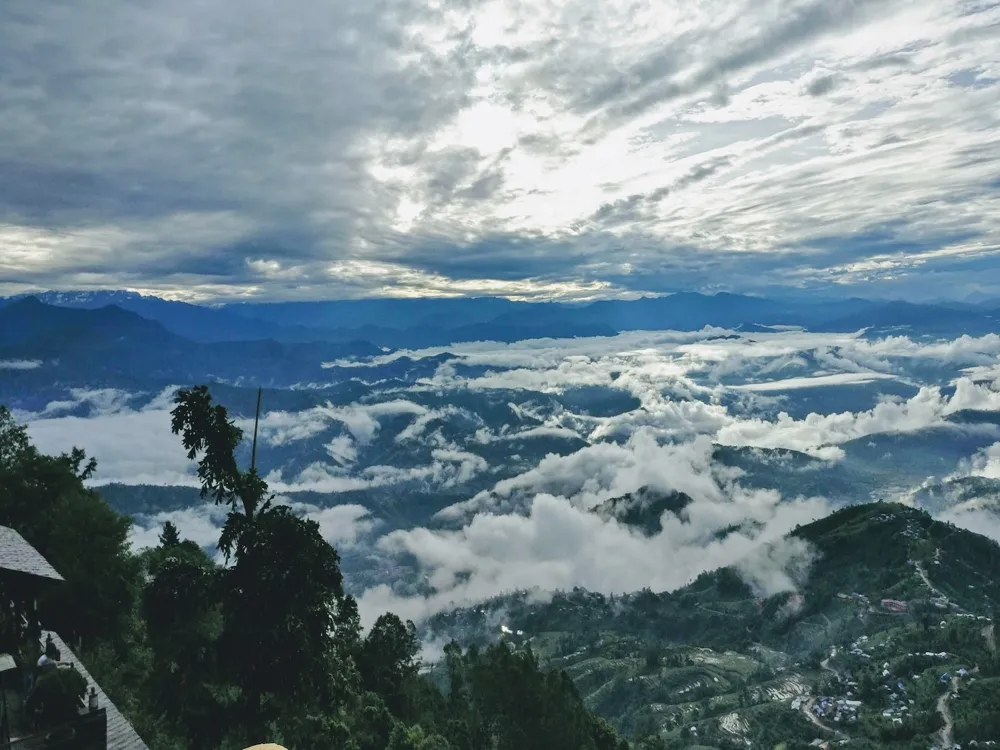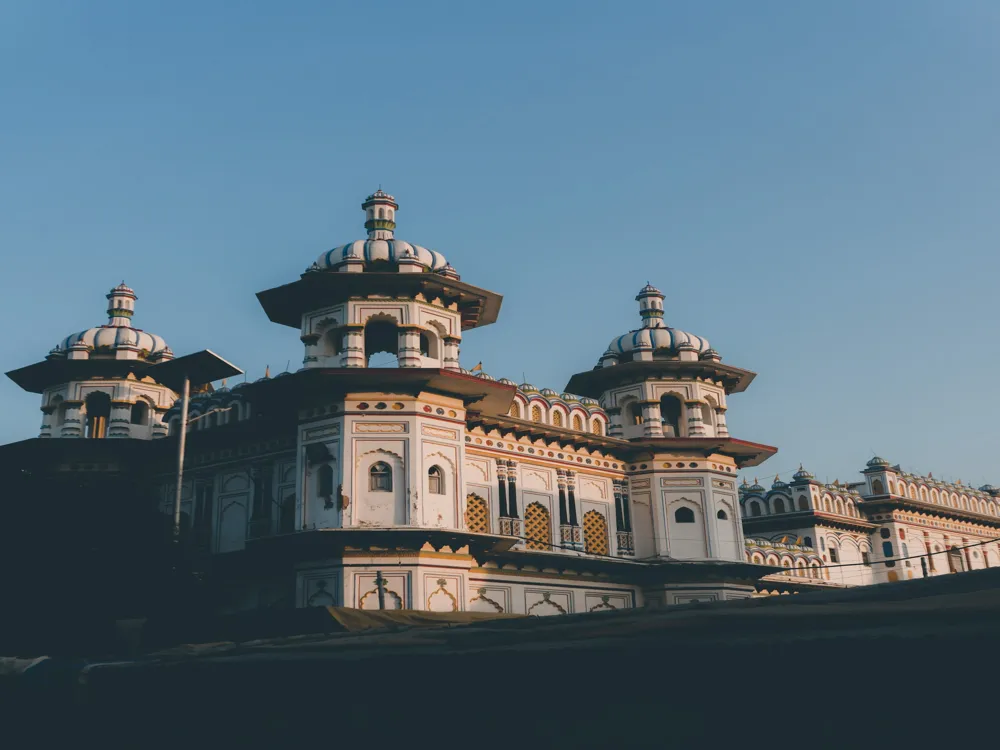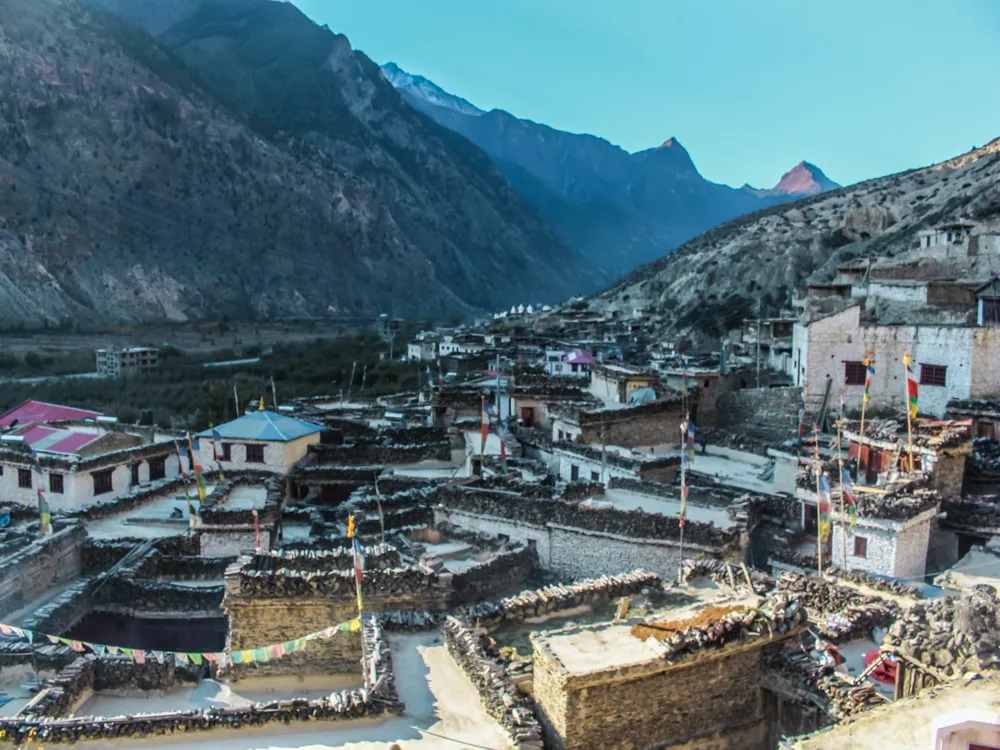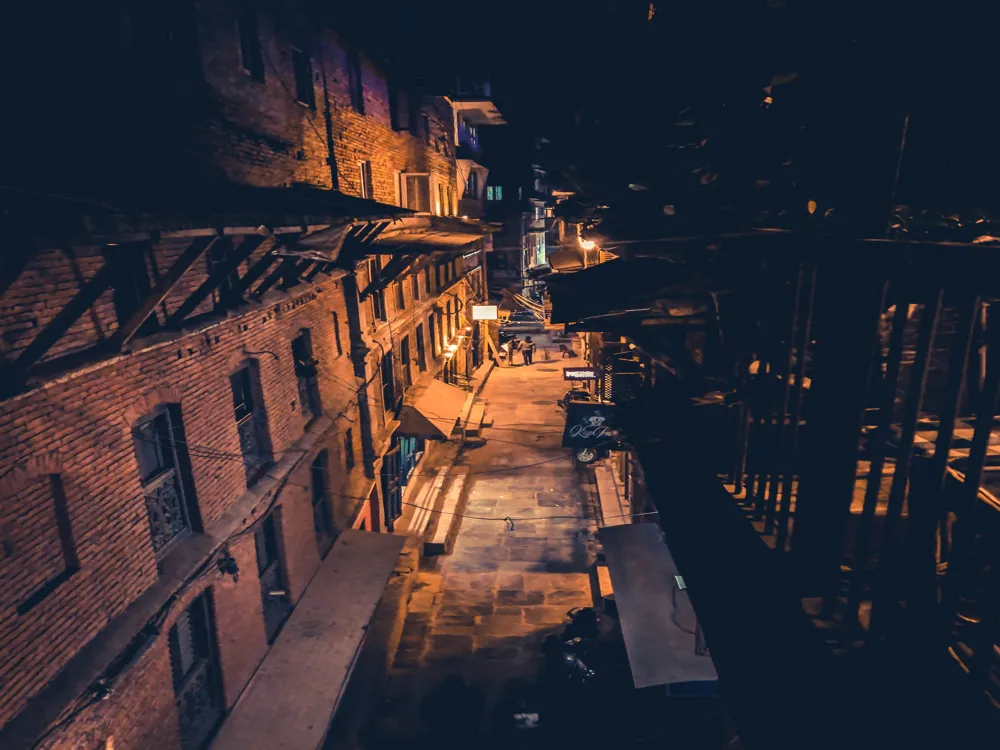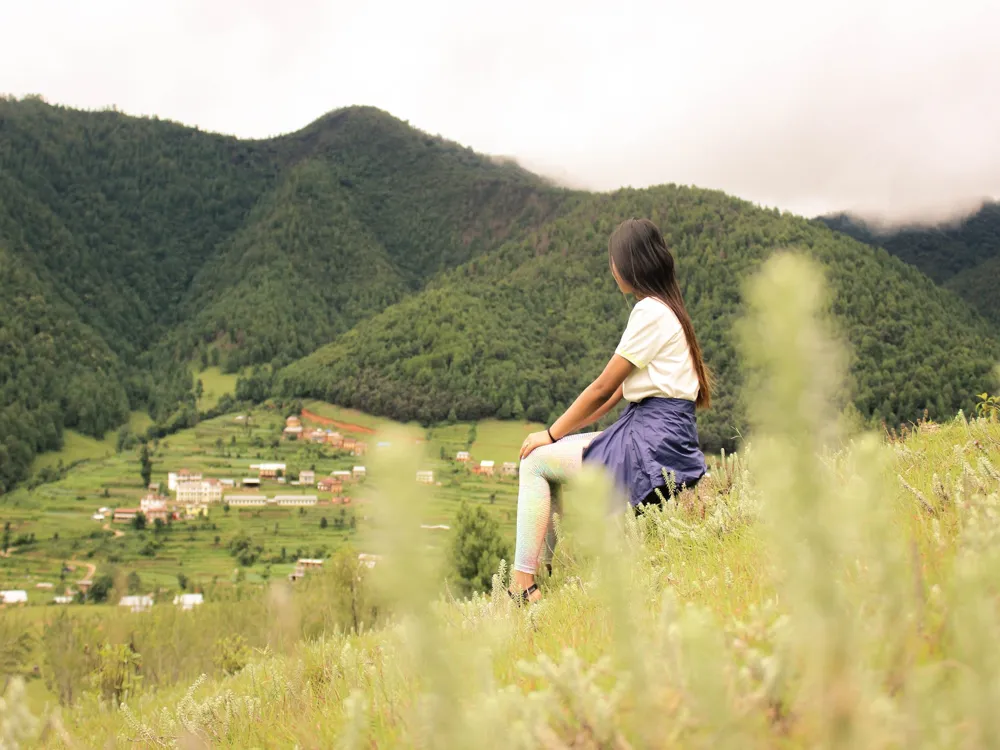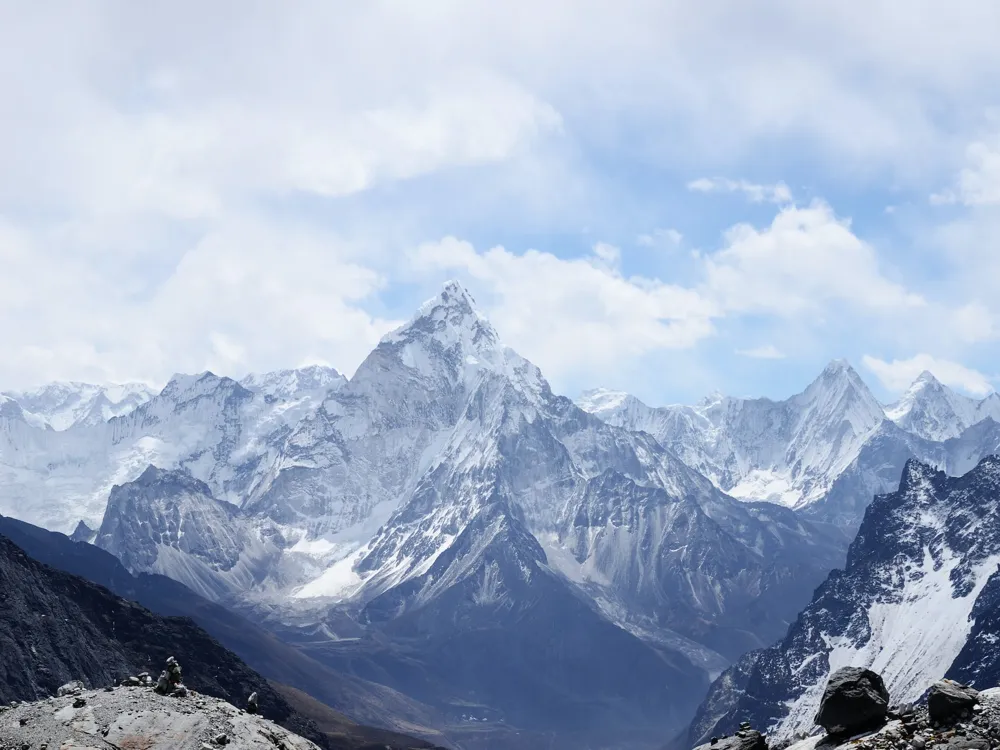The Cambodian Monastery of Lumbini, renowned for its serene ambiance and rich cultural heritage, stands as a testament to the profound Buddhist influence in Cambodia. Located in the sacred area of Lumbini, Nepal, this monastery is a significant site for Buddhist pilgrims and a symbol of peace and spirituality. The architecture reflects traditional Cambodian design, harmoniously blending with the spiritual atmosphere of Lumbini. The architecture of the Cambodian Monastery is a splendid example of Cambodian Buddhist art and construction. Characterized by intricate carvings, ornate decorations, and symbolic motifs, the monastery features a unique style that resonates with the historical and cultural essence of Cambodia. Its layout and structures are designed to facilitate meditation and spiritual reflection, making it a place of tranquility and contemplation. Visitors are advised to wear modest clothing that covers shoulders and knees, as a sign of respect towards the monastery's sacred nature. While photography is allowed, it should be done discreetly and without disturbing the tranquility of the monastery and its worshippers. Engaging in guided tours can offer insightful perspectives into the monastery's history, art, and religious practices. Visitors should maintain a quiet demeanor, avoiding loud noises and disruptive behavior, to preserve the peaceful environment. The Cambodian Monastery of Lumbini is accessible via various modes of transportation. The nearest airport is Gautam Buddha Airport in Bhairahawa, from where you can take a taxi or local bus to Lumbini. For those preferring land routes, buses and private vehicles are available from major cities like Kathmandu and Pokhara. Once in Lumbini, local transportation can be used to reach the monastery. Read More:Overview of Cambodian Monastery of Lumbini
Architecture of Cambodian Monastery
Tips When Visiting Cambodian Monastery
Respectful Attire
Photography Etiquette
Guided Tours
Mindful Conduct
How To Reach Cambodian Monastery
Cambodian Monastery
Lumbini
₹ 24,500 onwards
View lumbini Packages
Lumbini Travel Packages
View All Packages For Lumbini
Top Hotel Collections for Lumbini

Private Pool

Luxury Hotels

5-Star Hotels

Pet Friendly
Top Hotels Near Lumbini
Other Top Ranking Places In Lumbini
View All Places To Visit In lumbini
View lumbini Packages
Lumbini Travel Packages
View All Packages For Lumbini
Top Hotel Collections for Lumbini

Private Pool

Luxury Hotels

5-Star Hotels

Pet Friendly








/china-temple-zhong-hua-chinese-buddhist-monastery-slider-1.webp)
